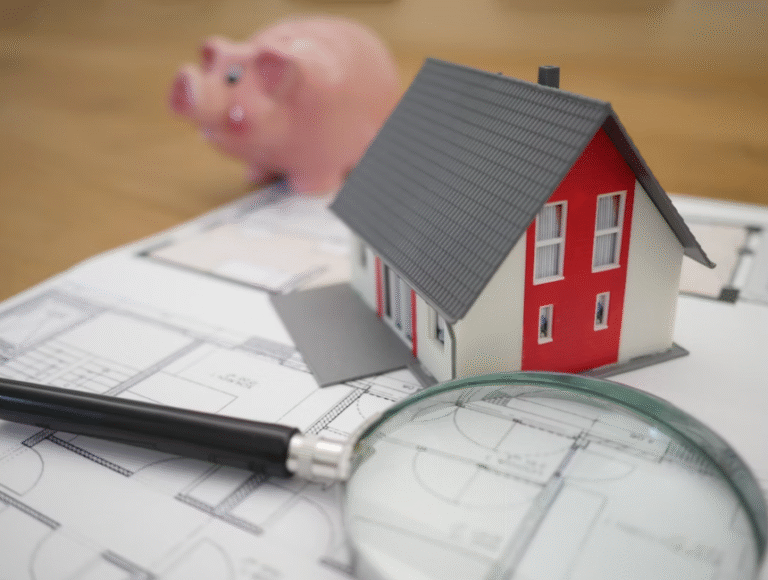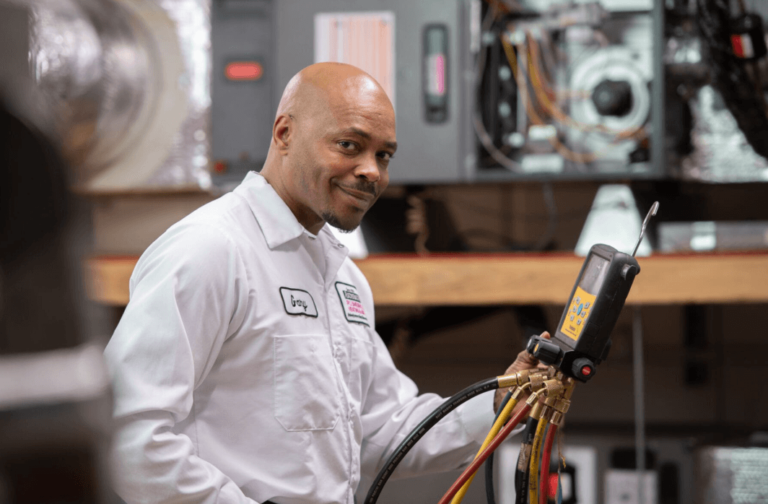Invisible Home Risks That Could Cost You Thousands
Your home may feel safe, but hidden dangers can silently threaten your family’s health and finances. Unlike visible issues like leaky faucets, these risks often go undetected, causing costly damage or emergencies. This guide highlights common hidden threats in homes and shares practical tips to detect and prevent them before it’s too late.
Common Invisible Home Risks
Mold and Air Quality Issues
Mold thrives in dark, damp spaces where homeowners rarely look. Behind walls, under flooring, or in poorly ventilated areas, mold colonies can grow unchecked for months. Beyond the musty odor that eventually develops, mold exposure can trigger respiratory problems, allergies, and other health issues, particularly in children and elderly family members.
Poor indoor air quality extends beyond mold to include dust mites, pet dander, chemical vapors from cleaning products, and off-gassing from furniture or building materials. These contaminants accumulate over time, creating an unhealthy living environment that can exacerbate asthma and other respiratory conditions.
Electrical Wiring Problems
Outdated or faulty electrical systems pose serious fire and electrocution risks. Homes built before 1970 may still have aluminum wiring, which expands and contracts with temperature changes, creating loose connections that can spark fires. Even newer homes can develop electrical problems through wear, pest damage, or improper installations.
Overloaded circuits represent another common but hidden electrical danger. As families add more electronic devices and appliances, older electrical panels may struggle to handle the increased load, leading to overheating and potential fires.
See also: How 3 Season Sunroom Construction Can Turn Your Patio into a Cozy Retreat
Foundation and Structural Issues
Your home’s foundation works silently to support the entire structure, but settlement, soil shifts, and water damage can compromise its integrity over time. Small cracks may seem cosmetic but can indicate serious structural problems that worsen without intervention.
Structural issues often develop gradually, with subtle signs like doors that stick, windows that won’t close properly, or minor wall cracks that homeowners dismiss as normal settling. These symptoms can signal foundation movement, beam sagging, or other structural compromises that threaten your home’s stability and value.
Water Damage and Hidden Plumbing Leaks
Water damage ranks among the most destructive invisible home risks. Small leaks behind walls, under floors, or in crawl spaces can cause extensive damage before becoming apparent. This hidden moisture creates perfect conditions for mold growth, wood rot, and structural damage.
Plumbing systems deteriorate over time, with pipe joints loosening, seals failing, and corrosion creating weak spots prone to leaks. Even minor leaks waste significant amounts of water, driving up utility bills while causing cumulative damage to surrounding materials.
Carbon Monoxide Threats
Carbon monoxide, an odorless and colorless gas, can accumulate to dangerous levels without any obvious warning signs. Faulty furnaces, blocked vents, or improperly maintained gas appliances can produce this deadly gas, which causes symptoms that mimic flu or fatigue, making poisoning difficult to recognize.
Many homes lack adequate carbon monoxide detection, particularly in basements, utility rooms, and other areas where gas appliances operate. This invisible threat can build up gradually or spike suddenly during equipment malfunctions.
Septic System Failures
For homes with septic systems, underground failure can create serious health hazards and environmental contamination. Septic problems often develop slowly, with systems becoming less effective at treating wastewater over time. Signs of failure may not appear until the system is severely compromised.
Failed septic systems can contaminate groundwater, create unsanitary conditions, and require expensive emergency repairs or complete replacement. Regular maintenance prevents most problems, but many homeowners neglect their septic systems until obvious signs of failure appear.
How to Identify These Hidden Risks
Professional Inspections Save Money
Annual professional inspections represent your best defense against invisible home risks. HVAC technicians can detect carbon monoxide leaks, electrical problems, and ventilation issues during routine maintenance visits. Plumbing inspections can identify leaks, corrosion, and potential failure points before they cause major damage. Septic tank services like those in Park City are essential for preventing system backups, leaks, and costly repairs, ensuring your home’s wastewater system operates smoothly. Foundation specialists can assess structural integrity and identify settling or movement that indicates potential problems. These professionals have specialized tools and training to detect issues that homeowners typically miss during casual observations.
DIY Detection Methods
Between professional inspections, homeowners can perform simple checks to catch problems early. Walk through your home monthly, looking for new cracks, water stains, or changes in door and window operation. Check electrical outlets for warmth, discoloration, or burning smells that suggest wiring problems.
Monitor your water bill for unexplained increases that might indicate hidden leaks. Use a simple meter test by turning off all water sources and checking if the meter continues running, which signals active leaks somewhere in your system.
Technology Solutions
Modern detection technology makes identifying invisible risks easier than ever. Smart water leak detectors can alert you to moisture problems through smartphone notifications. Air quality monitors track indoor pollutants and can detect mold-producing conditions before visible growth appears.
Carbon monoxide detectors provide essential protection, but they require regular testing and battery replacement to remain effective. Consider upgrading to smart detectors that send alerts to your phone and provide detailed information about gas levels.
Prevention and Remediation Strategies
Ventilation and Moisture Control
Proper ventilation prevents many invisible home risks by controlling moisture and improving air quality. Ensure bathroom and kitchen exhaust fans operate effectively and vent outside rather than into attics or crawl spaces. Use dehumidifiers in basements and other moisture-prone areas to maintain healthy humidity levels.
Regular HVAC maintenance keeps your air circulation system working efficiently while allowing technicians to spot potential problems. Change filters regularly and keep vents clear of obstructions that reduce airflow.
Proactive Maintenance Schedules
Establish regular maintenance routines for all major home systems. Schedule annual furnace inspections, electrical system checks, and plumbing assessments. Inspect your roof, gutters, and exterior regularly for damage that could allow water infiltration.
Keep detailed records of maintenance activities and any issues discovered during inspections. This documentation helps identify patterns and ensures problems don’t get overlooked or forgotten.
Professional Remediation
When invisible risks are discovered, prompt professional remediation prevents minor problems from becoming major disasters. Mold remediation requires specialized equipment and techniques to eliminate contamination safely. Electrical repairs should always be performed by licensed electricians to ensure safety and code compliance.
Water damage restoration becomes more expensive and complex the longer problems persist. Quick action to address leaks and dry affected areas prevents secondary damage like mold growth and structural deterioration.
Conclusion
Protect your home from hidden risks with regular maintenance and early detection. Schedule professional inspections for systems you’ve overlooked, install monitors like carbon monoxide detectors and leak sensors, and create a monthly inspection routine. Prevention and early action cost far less than emergencies or major repairs, protecting your family’s safety and financial security.






